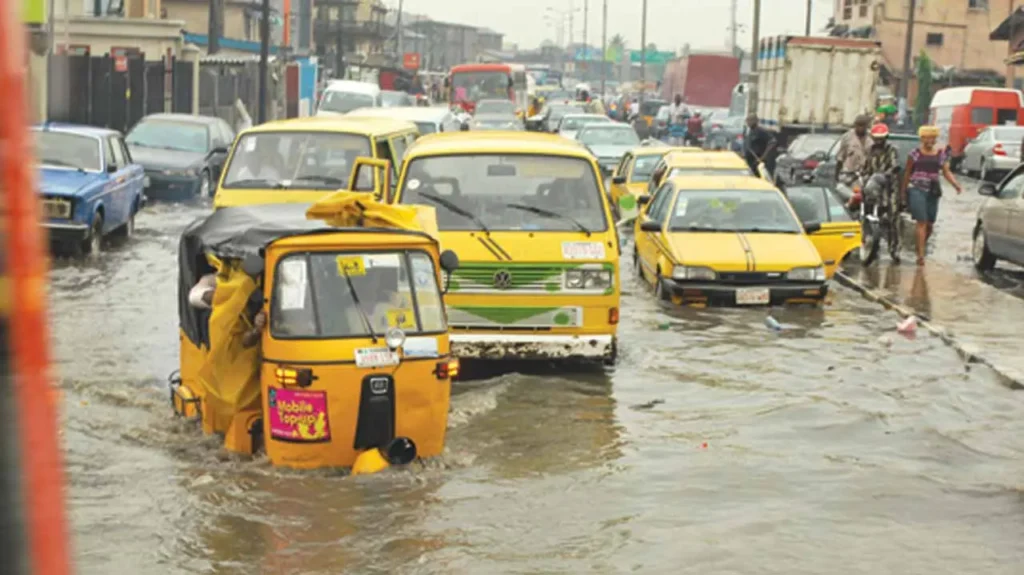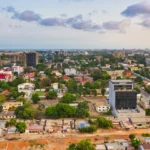The Lagos State government has warned residents to brace for an unusually intense rainy season in 2025, beginning in late March and extending well into December.
As the city prepares for an extended rainy season, the city’s landscape is set to transform dramatically, with increased rainfall and potential flooding posing both challenges and opportunities for residents.
In the forecast released by Tokunbo Wahab, the Lagos state commissioner for environment and water resources, said the city is expected to receive an annual rainfall of approximately 1,936 mm—well above historical averages.
He said key areas such as Ikeja, Badagry, Ikorodu, Lagos Island, and Epe should all brace up for above-normal precipitation, urging residents to prepare for wetter months ahead.
Wahab explained that the forecast is based on the neutral phase of the El Niño Southern Oscillation (ENSO), which will persist for the first six to eight months of the year.
But what does this mean for Lagosians?
Flooding and Disruptions
Heavy rainfall can lead to flash floods, particularly in low-lying areas. For communities in flood-prone zones, this means an increased risk of property damage, transportation disruptions, and possible health hazards.
Additionally, strong winds at the onset and cessation of the season could affect power lines, commercial activities, and even flights.
“Lagos State, alongside neighbouring Ogun state, will see an increase in rainfall, with Ikeja, Badagry, Ikorodu, Lagos Island, and Epe all experiencing above-normal precipitation levels,” Wahab said.
“Ikeja is expected to have an onset date of April 2 and a cessation date of December 2, with an annual rainfall amount of 1,900 mm. Badagry will see its first rains on March 30 and end on December 4, with 1,978 mm of rainfall.”
Government’s Mitigation Efforts
In response to these challenges, Wahab said the Lagos state government is intensifying its flood control measures by collaboration with the Nigerian Meteorological Agency (NiMet). The collaboration will ensure accurate climate predictions that help residents and businesses prepare in advance.
“The annual seasonal climate prediction is an essential tool for farmers, planners, and businesses,” Wahab stated, stressing the importance of preparedness in mitigating the effects of excessive rainfall.
Harnessing Rainwater
While the forecast presents risks, it also provides an opportunity to rethink Lagos’ water management.
Experts suggest that increased rainfall could be harnessed for water conservation, agriculture, and alternative energy solutions. Smart urban planning and infrastructure development can help turn this challenge into a resource for the city’s growing population.
What Residents Can Do
Lagosians are advised to stay informed, follow official weather updates, and take necessary precautions to protect their homes and livelihoods. Clearing drainage channels, securing outdoor structures, and avoiding flood-prone areas during peak rainfall are among the recommended safety measures.
As the city gears up for a longer rainy season, the focus remains on resilience, innovation, and preparedness. Will Lagos be ready? Only time—and the clouds—will tell.










